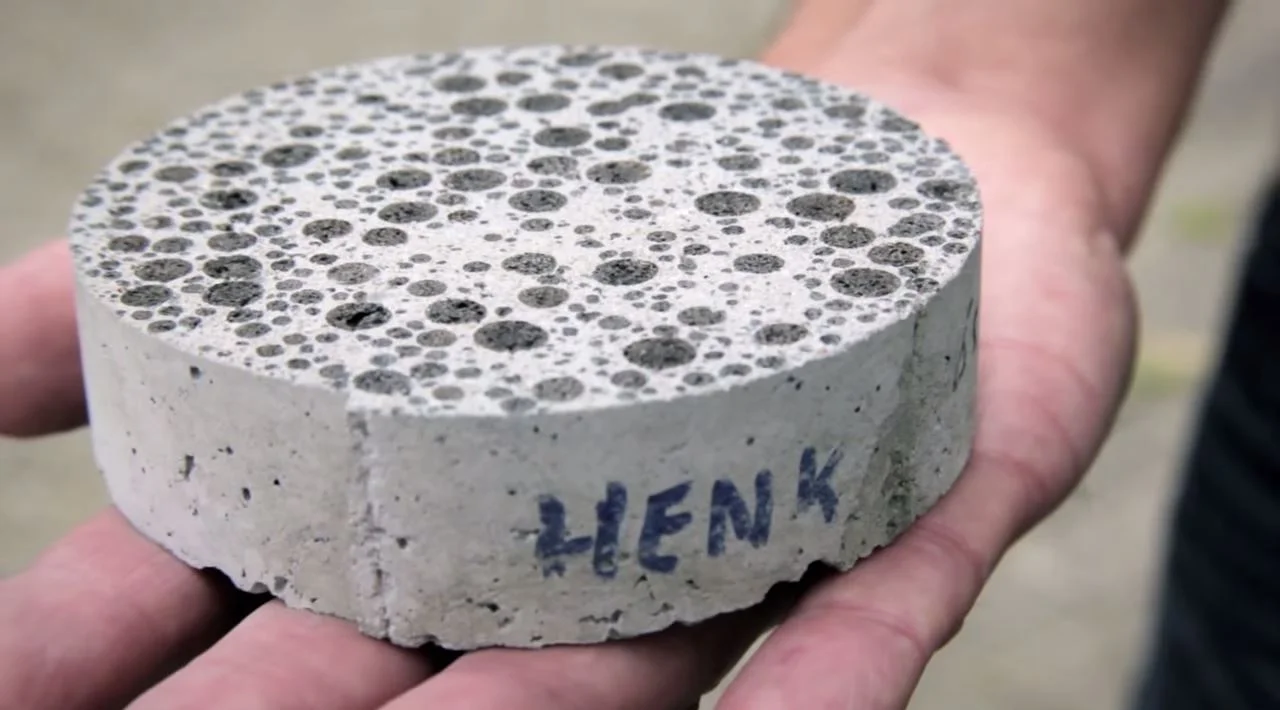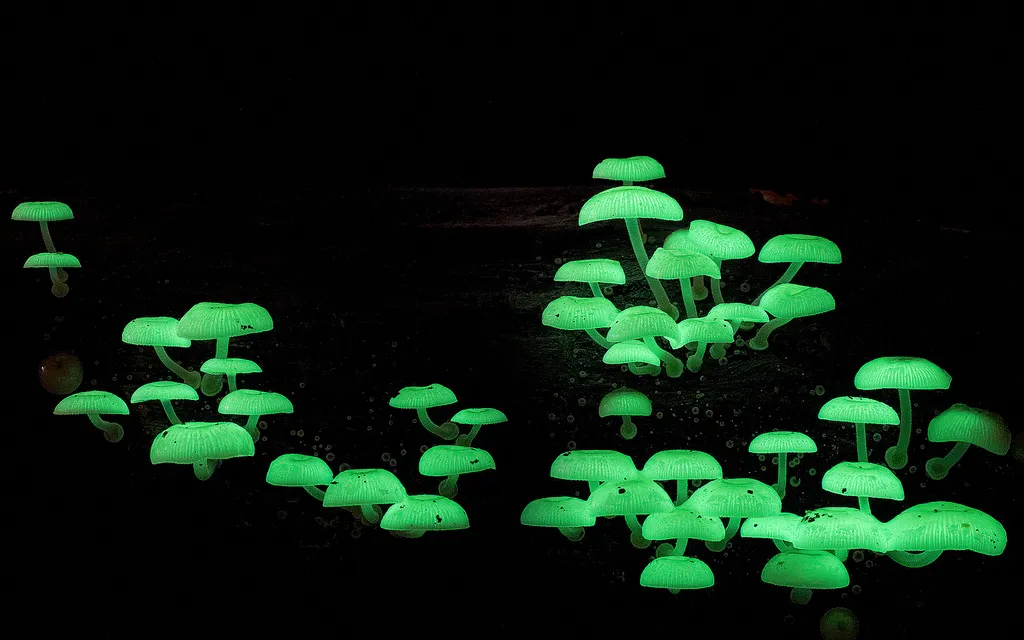Modern infrastructure relies heavily on concrete, yet traditional mixes crack and deteriorate over time, demanding costly repairs. Enter self-healing concrete: an innovative material infused with specialized bacteria that become active when cracks form. These microorganisms produce limestone to naturally seal fissures, significantly extending the lifespan of bridges, buildings, and roads—while reducing maintenance costs and environmental impact.
As a civil engineer who has observed the evolution of construction materials firsthand, I’ve witnessed pilot projects where self-healing concrete healed minor cracks within weeks after exposure to moisture. Field studies confirm that the limestone filling restored structural integrity, maintaining both strength and durability. This hands-on experience reinforces the potential of biomimetic materials to reshape sustainable engineering.
By integrating biology with architecture, self-healing concrete embodies next-generation sustainable design. Leading institutions and laboratories—including Delft University of Technology and the University of Cambridge—are publishing peer-reviewed research supporting its efficacy and scalability. As this emerging material makes its way into mainstream construction, it promises to deliver safer, more resilient infrastructure with a significantly reduced carbon footprint.




